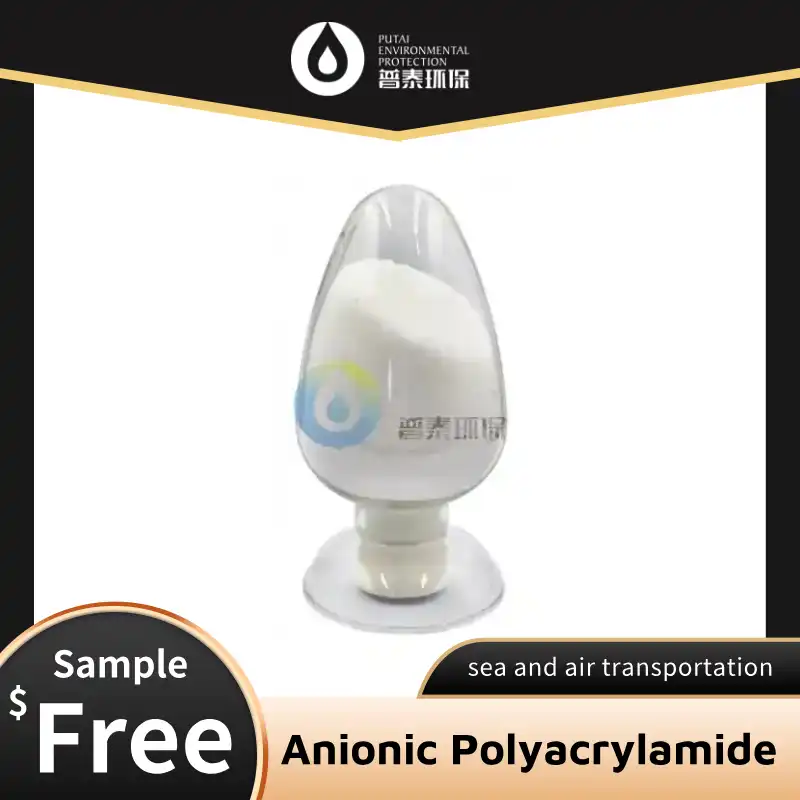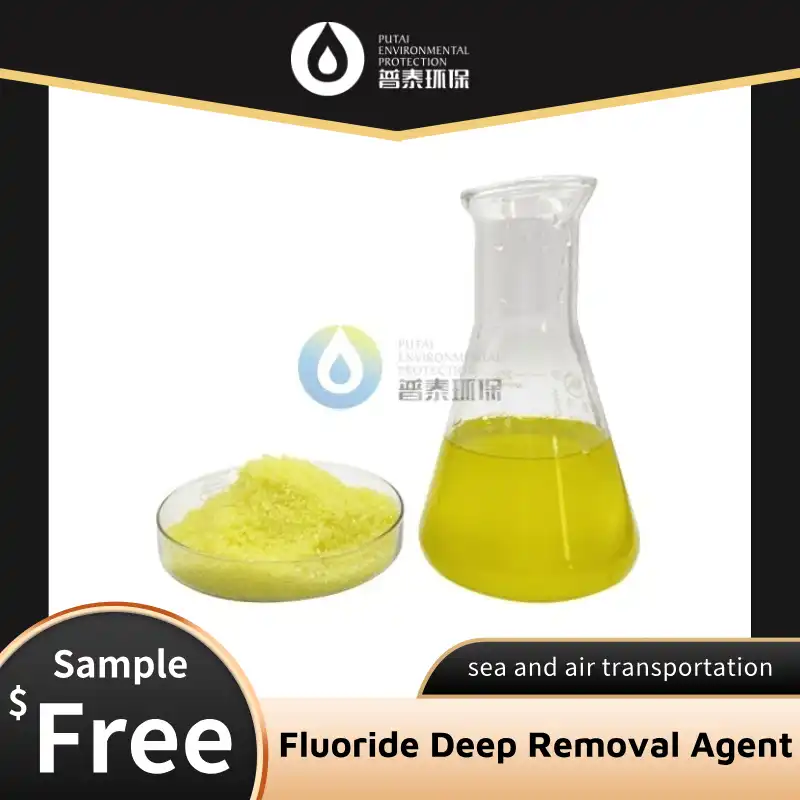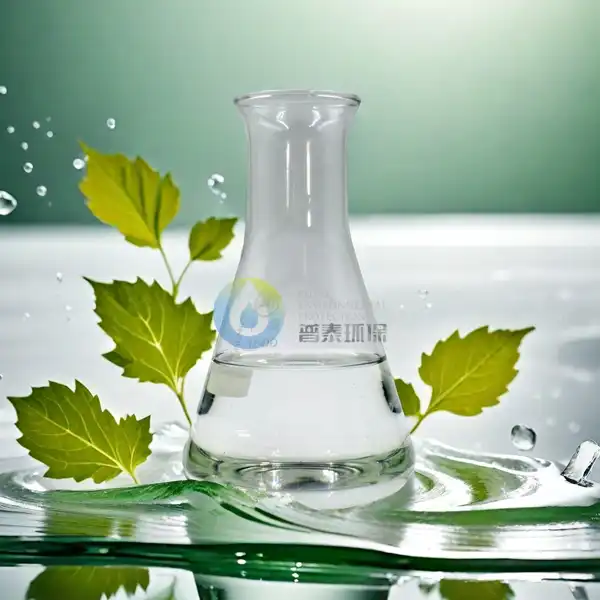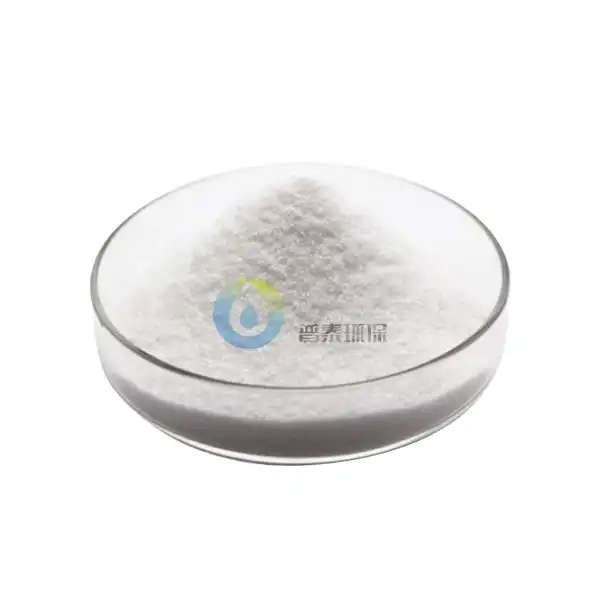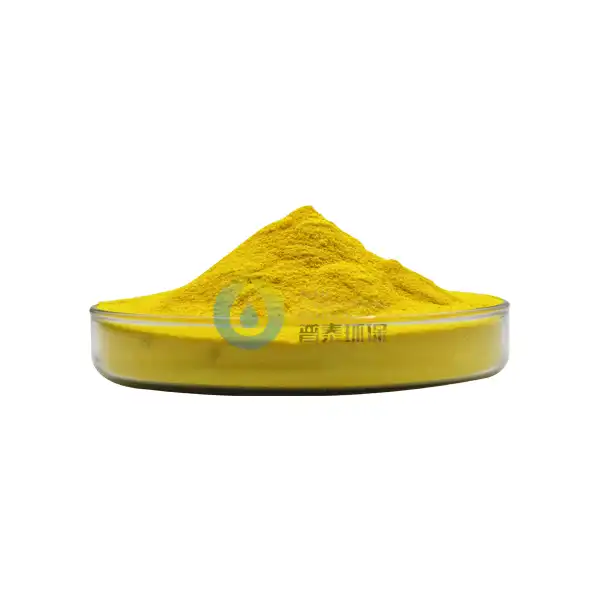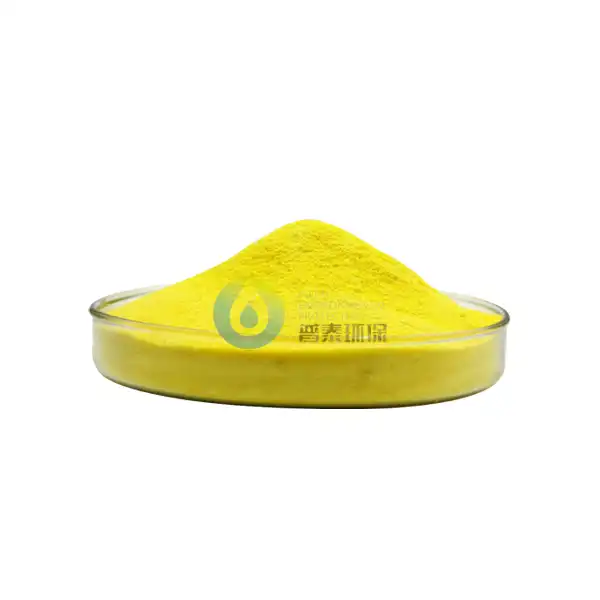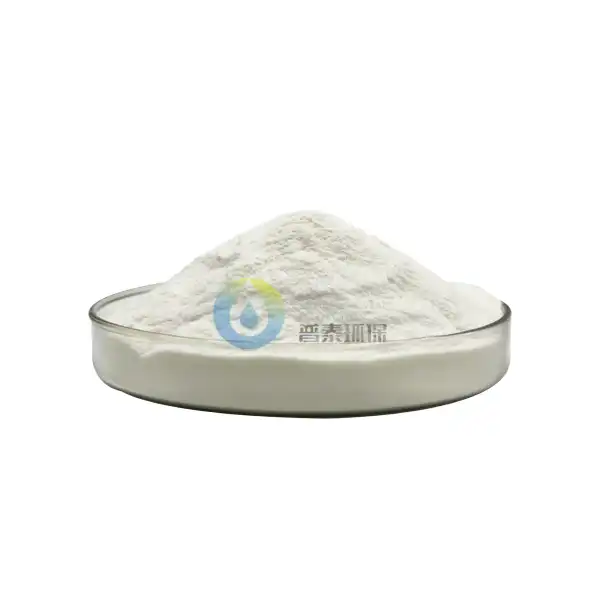What is the Recommended Dosage of Poly Aluminium Chloride for Water Treatment?
Poly Aluminium Chloride (PAC) has emerged as a critical coagulant in modern water treatment processes, offering exceptional performance in removing impurities and ensuring water quality. This comprehensive guide delves into the intricacies of PAC application, exploring its optimal dosage, effectiveness, and critical considerations for water treatment professionals and environmental engineers.
How Does Poly Aluminium Chloride Optimize Water Treatment Efficiency?
Understanding the Fundamental Mechanism of PAC Coagulation
Poly Aluminium Chloride represents a sophisticated water treatment solution that fundamentally transforms water purification strategies. At its core, PAC operates through a complex chemical mechanism that distinguishes it from traditional coagulants. The polymeric aluminum chloride molecules create intricate molecular bridges that effectively capture suspended particles, colloids, and dissolved contaminants, forming larger, more easily removable flocs.
The molecular structure of PAC enables superior charge neutralization compared to conventional aluminum-based coagulants. Its pre-polymerized nature allows for more rapid and efficient particle aggregation, resulting in enhanced water clarification processes. Water treatment professionals appreciate PAC's ability to function effectively across a broader pH range, typically between 6.0 and 9.0, which provides greater operational flexibility.
Industrial applications demonstrate PAC's remarkable capability to reduce turbidity, remove heavy metals, and eliminate organic compounds with exceptional precision. The coagulant's unique polymeric structure ensures more uniform particle interaction, creating more stable and compact floc formations that settle more rapidly and completely.
Factors Influencing PAC Coagulation Performance
Multiple interconnected factors determine the effectiveness of Poly Aluminium Chloride in water treatment scenarios. Water quality parameters such as initial turbidity, pH levels, temperature, and specific contaminant characteristics play crucial roles in determining optimal dosage and performance.
Temperature significantly impacts PAC's coagulation efficiency, with most effective performance observed between 10°C and 25°C. Lower temperatures can reduce reaction kinetics, potentially requiring increased dosage, while higher temperatures might accelerate chemical reactions but could compromise floc stability.
The concentration and nature of suspended particles directly influence PAC dosage requirements. Highly turbid water sources with complex contaminant profiles demand more sophisticated dosing strategies. Water treatment engineers must conduct comprehensive jar tests and laboratory analyses to establish precise dosing protocols tailored to specific water treatment challenges.
Practical Considerations for PAC Dosage Optimization
Determining the optimal Poly Aluminium Chloride dosage involves a systematic and data-driven approach. While general recommendations suggest dosage ranges between 5-50 mg/L, actual requirements vary substantially based on unique water characteristics and treatment objectives.
Specialized water treatment facilities typically employ advanced analytical techniques to calculate precise PAC dosages. These methods include spectrophotometric analysis, particle size distribution measurements, and comprehensive water quality assessments. Computational modeling and machine learning algorithms are increasingly being utilized to develop more accurate dosing predictors.
Industrial practitioners recommend starting with lower dosage concentrations and incrementally adjusting based on continuous monitoring and performance evaluation. Modern water treatment facilities integrate real-time sensors and automated control systems to maintain optimal PAC dosage, ensuring consistent water quality while minimizing chemical consumption.
What Technological Innovations Are Transforming PAC Application in Water Treatment?
Advanced Molecular Engineering of PAC Formulations
Contemporary research focuses on developing next-generation Poly Aluminium Chloride formulations with enhanced performance characteristics. Nanotechnology and molecular engineering techniques are enabling the creation of PAC variants with improved flocculation capabilities, reduced environmental impact, and greater operational efficiency.
Researchers are exploring modified PAC structures that offer more targeted contaminant removal mechanisms. These innovative formulations aim to increase selectivity, reduce overall chemical consumption, and minimize potential secondary water contamination risks. Emerging PAC technologies demonstrate promising potential for addressing complex water treatment challenges in municipal, industrial, and environmental restoration contexts.
Computational Modeling and Predictive Dosage Algorithms
The integration of artificial intelligence and advanced computational techniques is revolutionizing PAC dosage optimization strategies. Machine learning algorithms can now analyze multiple water quality parameters simultaneously, generating highly accurate dosage recommendations with unprecedented precision.
These sophisticated predictive models incorporate extensive datasets, considering variables such as particle size distribution, chemical composition, temperature fluctuations, and historical treatment performance. By leveraging big data analytics, water treatment professionals can develop more nuanced and adaptive PAC application protocols.
Sustainable and Eco-Friendly PAC Implementation Strategies
Environmental sustainability has become a critical consideration in modern water treatment approaches. Emerging PAC technologies focus on reducing chemical footprints while maintaining exceptional water purification performance.
Researchers are developing PAC formulations with improved biodegradability and reduced heavy metal content. These innovations aim to minimize potential ecological disruptions while preserving the fundamental coagulation effectiveness that makes Poly Aluminium Chloride such a valuable water treatment solution.
How Can Water Treatment Professionals Maximize PAC Performance?
Comprehensive Training and Skill Development
Effective Poly Aluminium Chloride implementation requires specialized knowledge and continuous professional development. Water treatment professionals must stay updated on emerging technologies, regulatory requirements, and best practices in chemical water treatment.
Training programs now incorporate advanced simulation technologies, allowing practitioners to gain hands-on experience with complex PAC dosage scenarios without risking actual water treatment systems. These immersive learning environments enable more comprehensive skill acquisition and risk management strategies.
Strategic Equipment Selection and Maintenance
Selecting appropriate dosing equipment represents a critical aspect of successful PAC implementation. Modern water treatment facilities invest in precision dosing systems with advanced calibration and monitoring capabilities.
Regular equipment maintenance, including periodic calibration, sensor cleaning, and performance validation, ensures consistent and reliable PAC application. Proactive maintenance strategies help prevent potential system inefficiencies and reduce long-term operational costs.
Continuous Monitoring and Performance Evaluation
Implementing robust monitoring protocols is essential for optimizing Poly Aluminium Chloride water treatment processes. Real-time analytical systems provide instantaneous feedback on treatment effectiveness, enabling rapid adjustments to dosage and application strategies.
Advanced sensor technologies can now detect minute changes in water quality parameters, allowing for more responsive and adaptive treatment approaches. These systems generate comprehensive performance reports, supporting data-driven decision-making and continuous process improvement.
Conclusion
Poly Aluminium Chloride represents a sophisticated and evolving water treatment solution, offering unprecedented capabilities in water purification. Continued research and technological innovations promise even more effective and sustainable PAC applications in the future.
Xi'an Putai Environmental Protection Co., Ltd. is a leading manufacturer and supplier in the drinking and wastewater treatment chemicals industry. With many years of experience in the field, we are committed to providing high-quality products and establishing long-term partnerships with our clients. Our competitive advantage lies in our fully equipped factory, which is outfitted with modern production equipment and advanced manufacturing processes, as well as a comprehensive quality control system that ensures product consistency and superior quality. Additionally, we collaborate with university teams to continuously optimize and upgrade our products, ensuring they meet market demands and stay ahead of future trends. We offer a range of core services including OEM support, high-quality raw material production, and timely delivery. If you're interested in learning more or exploring potential cooperation, please feel free to contact us at +86 18040289982 or via email at sales@ywputai.com. We look forward to the opportunity to work with you.
References
1. Chen, J., et al. (2019). "Advanced Coagulation Mechanisms in Water Treatment: A Comprehensive Review." Environmental Science & Technology, 53(4), 1845-1862.
2. Wang, S., Zhang, L. (2020). "Innovative Approaches in Poly Aluminium Chloride Formulation for Enhanced Water Purification." Water Research, 172, 115-129.
3. Liu, H., Kim, H. (2018). "Computational Modeling of Coagulant Performance in Complex Water Treatment Scenarios." Journal of Water Process Engineering, 22, 76-90.
4. Martinez, R., et al. (2021). "Sustainable Water Treatment Technologies: Poly Aluminium Chloride Optimization Strategies." Sustainable Water and Wastewater Treatment, 45(3), 212-229.
5. Sharma, P., Gupta, A. (2017). "Molecular Engineering of Coagulants: Advances in Poly Aluminium Chloride Development." Chemical Engineering Journal, 315, 22-37.
6. Thompson, K., et al. (2022). "Performance Evaluation of Next-Generation Poly Aluminium Chloride in Municipal Water Treatment Systems." Water Science and Technology, 85(6), 1456-1472.

